Which is Best Weather for Photography?
Some might say a sunny day while others say go for none of them.
There are, of course, convincing reasons for each answer. As a photographer, you probably understand how weather affects the quality of your work and you have very little control over it!
In this article: “Which is the best weather for photography?”, I will prove all kinds of weather can be great for photographers. Let’s see!
Best weather for photography
Check weather forecasts
Well, knowing how the weather is likely to happen will help you have a good preparation for shooting. If, for example, you are planning a shoot on this Sunday and look for the best weather for photography, check the weather forecast at goweatherforecast.com to know if it will rain, snow or storm.
Weather Conditions for Photography
#1. Cloudy Days
People usually avoid taking photos outdoors on overcast days because of “not good” lighting conditions. However, those days without the sun can give you impressive and different shots.
Ever tried it? Go out and do it. You’ll be surprised by the photos you take.
The clouds act as one big filter that generates soft and even light. The harsh shadows you sometimes see in your sunny day images are just not there. You’ll not see the glare in the subject’s eyes.
Which is Best Weather for Photography?
A cloudy day can be the best weather for photography of smaller scenes, close-ups, and portraits. Landscapes are not recommended in this kind of weather.
Tips:
-
Setting white balance on a cloudy day is very important. Instead of using auto white balance all day, you should bring a gray card and ask the model to hold it right in the first type of photo, you will save a lot of time in post-production editing. With these tips for taking photos in overcast weather, you have no fear that your photos will turn ugly.
-
Focus on the model's face, but specifically the eyes of the model. The eyes are the godliest part of the face. A beautiful pair of eyes can obscure the whole surrounding gloom.
#2. Sunny Days
Bright sunny days are one of the best weather conditions for photography
for shooting landscapes and wildlife because the use of a closed aperture combined with fast shutter speeds prevents your photos from being overexposed. Go out on shoots and set up an angle on an open field that gives a sense of scale.
I loved shooting with sunlight and shadows as it allows me to make a myriad of creative images and pose.
Although supposed to be one of the best weather for photography, sunny days do not always give good photos.
Is a sunny day is the best weather for photography?
The harsh glare of the sun can be a bad thing, so you need to know what time of day is best to capture great shots. Professional photographers recommend the best times for shooting on sunny days are early to mid-morning or late afternoon as the contrast is great, and the atmosphere is more golden.
Avoid the time around midday (from 11 am to 1 pm) to shoot any images as the lighting is very harsh. An ugly image is expected when shadows fall below the eyes in a portrait.
Tips:
-
Use a bright shade for portraits and other people’s shots.
-
Take the picture at an aperture of F22 or higher
-
Increase the shutter speed to protect your shots from being overexposed
-
Use a fill flash
#3. Windy Days
Most people think that windy days are not the best weather for photography, but your shots are good or not, depending on your concept and skills. And the wind really just turns out a great opportunity to get creative.
Windy days are one of the best weather conditions for photography as they give you all you need to make “wow” shots of motion for long exposures. I love shooting tall grasses swaying wildly, leaves trembling, waves rippling gently on lakes, and flowers dancing in the wind because I can make the colors blur using a long exposure.
Windy days: The best weather for photography
Tips:
-
Use a neutral density filter to slow your shutter so that it captures the motion created by the breeze.
-
Use a tripod to keep your camera steady.
#4. Rainy Days
Is a rainy day the best weather for photography? Well, I bet that most of you would say no. But The rain with deeper and saturated colors is awesome for artistic and creative photos.
The subjects of the rain are also various, from the little raindrops, ripples, people rushing away from the rain or settling with the silence in the park, the tumultuous puddles that distort the image of the city. Of course, you don't necessarily need to go out in the rain to get good pictures, but stand indoors or in a car and take pictures through windows. Sometimes the gentle raindrops on the glass also create impressive effects and the scene of bright lightning in the sky or the stream of people hustling in raincoats searching for a hiding place through the lens is enough to capture the moment of the rainy day.
Tips to choose best weather for photography
You can also capture a clear view immediately after the rain when everything is still soaking wet and water is everywhere. Is the rain the best weather for photography?
All in all, no matter what you capture, a wet rainy day gives you a lot of photography opportunities. Check out the best rainy weather outfits for excellent shots.
Tips:
-
Manual focus mode: Because there are a lot of water particles blurring the background, you need to switch to manual focus mode to get sharp focus.
-
Tripod: the drop of water or the whole scene erased in the rain is "charming". But to shoot like that, you need to lower the shutter speed. This will result in the image very easily blurred and requires the assistance of a tripod.
-
Use a flash: the photo will light up if you know how to combine natural light rays from the Sun/streetlights and artificial light coming from the flash. It is this secondary light source that creates an impressive highlight for the photo.
-
Aperture: To capture every drop of rain, it is recommended to keep the camera at a large aperture (f / 4 or larger) and high speed. Of course, if you want to create sparkles, you have to narrow the aperture (f / 10 or smaller) to take advantage of the light effect.
#5. Snowy Days
Snowy days can be the best weather for photography and provide macro opportunities for you to take creative and aesthetic shots.
Gently falling snowflakes not only create a sense of realism for your pictures but also bring about a gamut of emotions. Colors in the snow become softer, and less vibrant with the white of the flakes. So when is the best time for shoots on snowy days? Beautiful winter snow pictures should be taken early in the morning before the sun is too high and the snow starts to melt. The snowflakes are still 'fresh' overnight, making it easy to take pictures with impressive snow. That is a magical moment.
There is no surprise if you find your pictures are a bit blurred. This is normal for shooting in winter and in snow weather. But with these tips, you will surely have sparkling, vivid pictures despite the cold winter, the sad scenery.
Which is your best weather for photography?
Also read: Best snow weather outfits for great pictures
Tips: + Use Aperture Priority Mode: This the camera to choose the appropriate shutter speed
-
Turn the cloudy white balance setting or manually set your white balance around 6,500 kelvin.
#6. Foggy Days
Well, you might think that foggy days can be the best weather for photography, but you’re wrong!
Fog is proved to give scenic shots and can be used as a backdrop to hide unwanted objects in your picture. I would call myself a “fog-chaser,” and I often spend my days in local spots waiting for it to capture great shots of mystique and drama.
Tip: + Use an ND Filter: Use autofocus to set up your shot first, with no filter. After that, set the camera to manual focus and add the filter. This helps create the proper focus for your shot.
Tips:
-
Use manual focus and increase your exposure compensation + 1 EV.
-
Use a tripod for steady shots.
-
Use a shorter lens when the fog is really dense.
#7. Indoor photography
No matter how the weather looks, it can be the best weather for photography when shooting indoors. By using flash, you can control the light as you want.
However, we recommend making the best of natural light for a great image.
Best Weather for Photography you should know
Find a place near a large window that allows a good amount of light to enter the room. Next, put your subject in the area where most of this light falls. Try to find the best subject placements and angles, you’ll come up with some great shots.
Conclusion
No matter what kind of weather is, it can provide you with great opportunities to take creative photos as long as you have good advanced preparation. Hope this article on “Which is the best weather for photography?” will help you turn a day with severe weather into an opportunity to capture excellent photos.
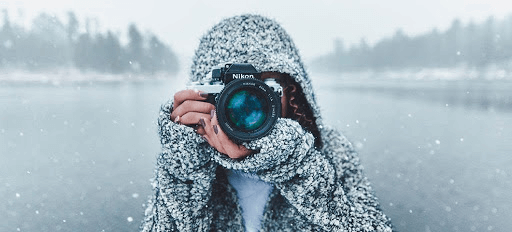
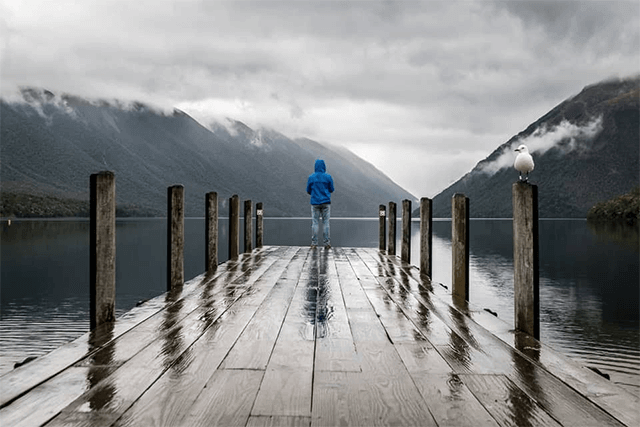

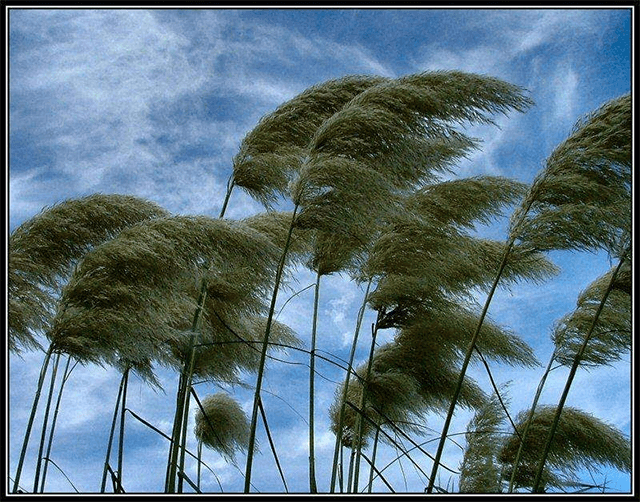
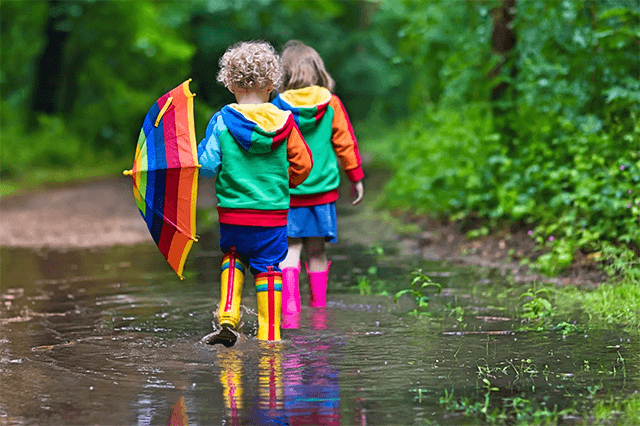
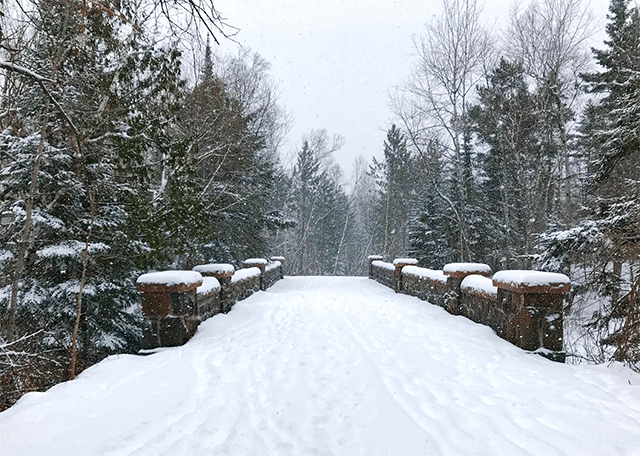


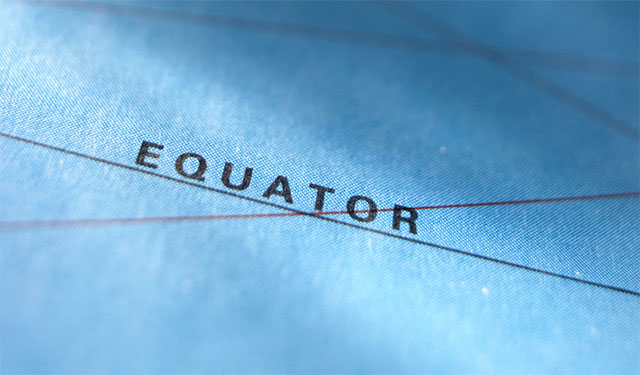







0 Comments
Leave a Comment
Your email address will not be published. Required fields are marked *